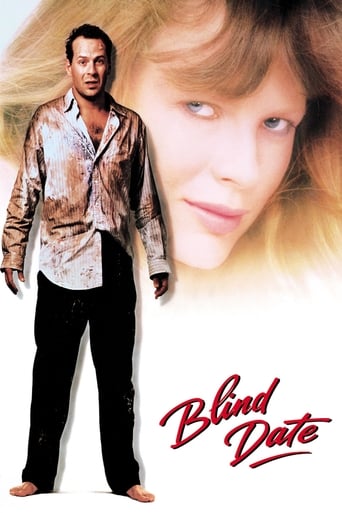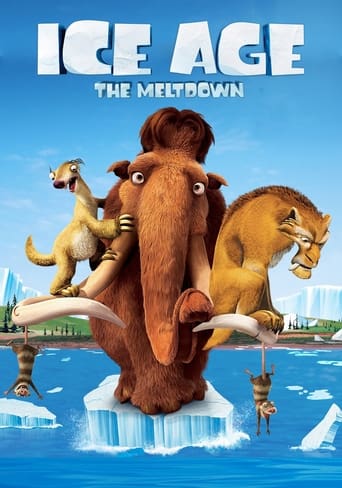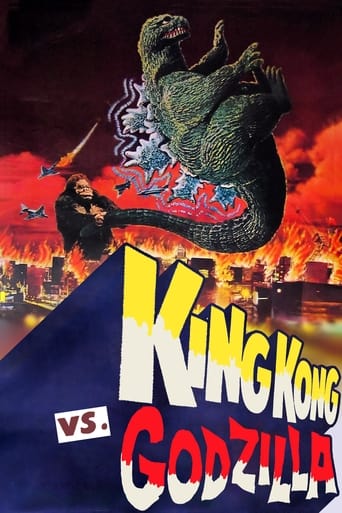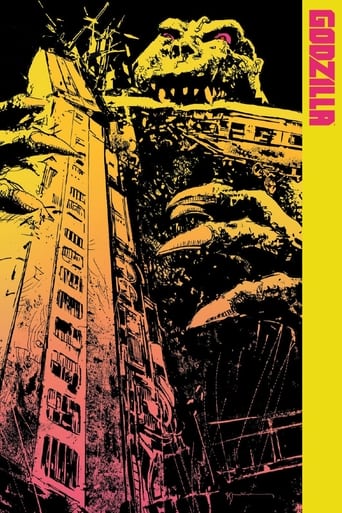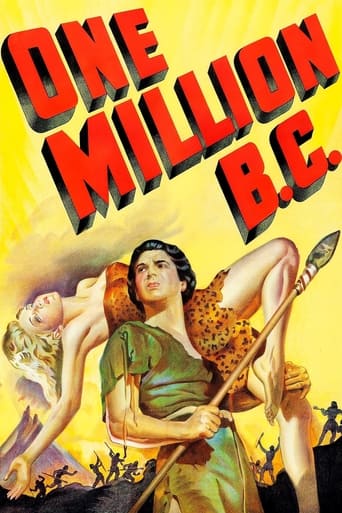
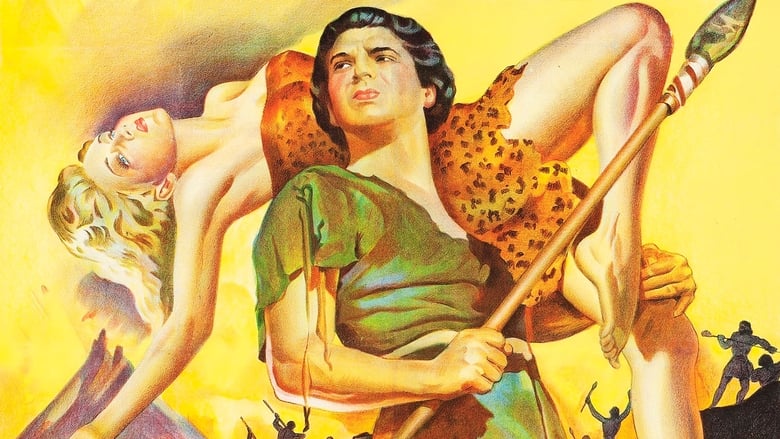
One Million B.C. (1940)
One Million B.C. is a 1940 American fantasy film produced by Hal Roach Studios and released by United Artists. It is also known by the titles Cave Man, Man and His Mate, and Tumak. The film stars Victor Mature as protagonist Tumak, a young cave man who strives to unite the uncivilized Rock Tribe and the peaceful Shell Tribe, Carole Landis as Loana, daughter of the Shell Tribe chief and Tumak's love interest, and Lon Chaney, Jr. as Tumak's stern father and leader of the Rock Tribe.
Watch Trailer
Cast
Similar titles

Reviews
Wow! Such a good movie.
Just what I expected
The performances transcend the film's tropes, grounding it in characters that feel more complete than this subgenre often produces.
An old-fashioned movie made with new-fashioned finesse.
One Million B.C. did good business on its release in 1940 and, despite the years, parts of the film have aged remarkably well. One of these is not its entirely unnecessary opening sequence, in which a bunch of hikers dressed in German lederhosen take refuge in a cave and happen upon a wizened pipe-smoking palaeontologist who, as the resident "expert", spins a yarn to his captive audience about cave people that, with the help of a dissolve, is dramatised for us on screen. This early sequence is so slow and contrived that contemporary audiences may not have the patience to get past it, which is a shame as parts of the film thereafter are quite absorbing and contain a decent dose of the spectacle that made fantastical prehistoric films so appealing. Directors Hal Roach Sr. and Jr. seem to at times approach their prehistoric tale from an anthropological perspective which both helps and hinders the film. They seem so concerned with representing the lifestyles of the prehistoric folk with such authenticity (!) that the action is at times painfully slow and at others simply laughable: prehistoric humans and dinosaurs did not exist simultaneously (a forgivable error in dinosaur films as facts have never stood in the way of Hollywood spectacle), but more glaring is the final scene which imposes a bizarre message about the sacredness of the contemporary nuclear family structure. Equally baffling is the idea that although speech has not yet developed beyond grunts and two syllable sentences, the more complex language of music is a given. The two tribes represented on screen are clearly at different levels of social advancement with Victor Mature, as Tumak making an unsuccessful grab for power in his own tribe that ends with his shunning and adoption into a more civilised order, with mixed results, Efforts to show the tribes levels of socialisation are at times so laboured that they become redundant and drag out for far too long. But dull moments aside, there are some remarkable sequences that will actually impress contemporary audiences if they can endure the slower moments. One such moment is the volcanic eruption and earthquake that causes rockslides and a lava flow that engulfs one of the characters in a scene that may have you wondering how on earth this was achieved without killing the actor. For lovers of practical effects, if you can get past the slow moments that dog this film and drag it out unnecessarily, you will find some impressive moments that still stand up no doubt inspired later dinosaur films such as the highly successful 1966 Hammer studios film One Million Years B.C. that follows the narrative as this Hal Roach creation.
One Million B.C. was Victor Mature's (Louisville, Kentucky's second "Greatest") second film, and consequently launched a very successful career that encompassed the realm of "film noir" to "sand and sandal epics". His first film was a small part in "The Housekeeper's Daughter". One Million B.C. begins with a group of young people going into a cave to escape a snow storm and an Archaeologist interpreting various cave drawings that tell the story of the people that once lived there. What follows is a saga of two groups of cave people with two totally different cultures that wind up fighting one another. Eventually the two groups have to join forces to fight off several threatening dinosaurs. The special effects are a bit dated as well as disappointing. The viewer gets to watch an alligator with make-up type of fins fight a monitor lizard in one of the key scenes. One can only wonder what would have happened if the S.P.C.A. had been around at that time. Considering the fact that this film was released in 1940 and King Kong was released in 1933 the film makers would have been better served to use a Willis O'Brien type of stop action motion technique. The cave people actors in this film communicate with indistinguishably utterances and a lot of pointing with hand gestures. Lon Chaney Jr. and Victor Mature become engaged in an exciting alpha male battle that conveys the struggle of an evolving culture. The film is very entertaining even if the viewer has to remind himself from time to time that "humans were not living when the dinosaurs existed. Having said that, the film is well worth watching.
A group of hikers are trekking through the forest when it suddenly begins to rain. To avoid an approaching storm they take shelter inside a cave where an archaeologist is examining some drawings painted during prehistoric times. Since the hikers express their interest in them the archaeologist tries to interpret what they mean. He tells them of a tribe known as the "Rock Tribe" which is a savage group of people who live by the rule of "survival of the fittest". As the story unfolds it appears that a young warrior named "Tumak" (Victor Mature) gets in a fight with "Akhoba" (Lon Chaney Jr.) who happens to be both his father and the leader of the tribe. Akhoba wins and Tumak is forced out. As he ventures into the wilderness he accidentally falls into a river and floats downstream where a beautiful woman named "Loana" (Carole Landis) of the "Shell Tribe" just happens to be fishing. Badly wounded, Tumak is taken into the cave harboring the Shell Tribe and has his wounds tended until he gets healthy. While there he begins to learn of differences between his tribe and Loana's which benefits him greatly. Anyway, rather than detail the entire story I will just say that this was an interesting movie for the most part. Although some scenes were rather obvious and boring there were plenty of other scenes which made up for it. I especially liked the special effects which utilized lizards, alligators and even an armadillo to make them appear like vicious dinosaurs. Even so, while the special effects might have been great during this particular time the movie itself doesn't age well. That said, all things considered I give it an average rating.
Although I am not that much of a fan of the 1966 Hammer color remake to begin with – or caveman epics in general – I had always been intrigued by the original 1940 black-and-white version which, apart from being arguably Hal Roach's most ambitious undertaking, was (ostensibly) a pioneering work in special effects and, furthermore, served to give Victor Mature his first starring role. Although a friend of mine (who is the No. 1 fan of the latter that I know of) does have a 16mm print of this under its British title MAN AND HIS MATE, I eventually managed to track it down via a TCM USA screening. Having now watched it for myself, I cannot say that it has served to endear the genre in my eyes or make the thin plot any more compelling than in the Hammer version. Firstly, the special effects may have been nominated for an Oscar, have a primitive {sic} charm about them and been re-utilized in many another cheap production thereafter (notably the abysmal ROBOT MONSTER [1953]) but the various anachronistic dinosaurs look far too much like magnified-lizards-shot-on-miniature-sets to be believably dangerous; a long-drawn out battle between two such 'monsters' is a particular liability! Besides, the grunt-laden 'dialogue' grows alternately silly and tiresome as the film progresses; at least, the film-makers have provided a prologue in which modern day travelers take shelter from the rain in a cave and a residing(?) anthropologist entertains them by interpreting the age-old illustrations on the walls as re-enacted by themselves. At the age of just 33, Lon Chaney Jr. is made up to look much older and play Mature's dad while the latter – sporting a full head of hair a decade before SAMSON AND DELILAH (1949) – appears decidedly schoolboyish; still, what is even harder to accept is how blonde Carole Landis blossomed amidst these surroundings! This is not to say that the film is unentertaining or badly made because it really is not; in fact, the climactic volcano eruption is very well staged and the film's undeniable highlight, the set decoration appropriately atmospheric and Werner R. Heymann's rousing score was deservedly singled out by the Academy for Oscar consideration. Incidentally, for years it was believed that forgotten cinema pioneer D. W. Griffith – whose famous two-reeler MAN'S GENESIS (1912) may well have inspired the film to begin with – had been actively involved in the production before getting the sack from Roach, but his contribution has since been disputed as having been all too minimal (unless our resident Griffith expert wants to give his informed account of the matter).




